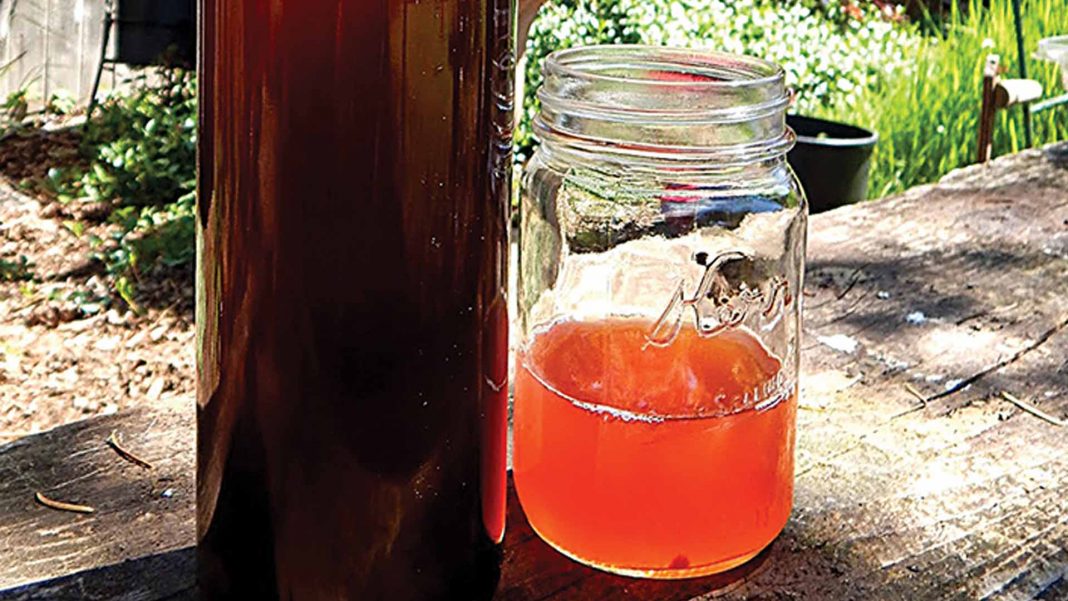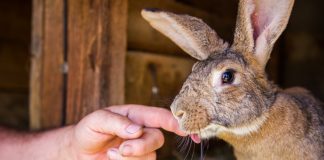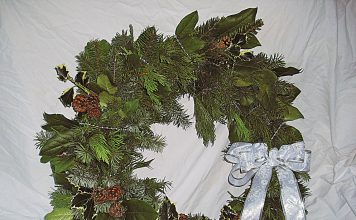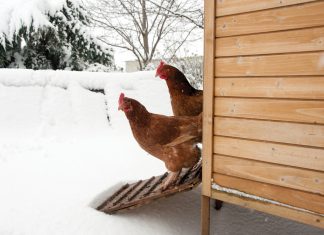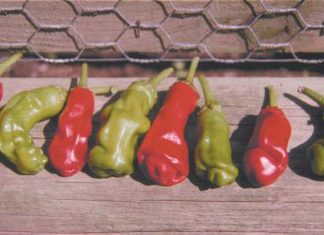By Kristina Seleshanko
Kombucha is an ancient drink that’s recently enjoyed a revival because it’s a fizzy and healthy alternative to soda pop. Despite urban myths, it contains only trace amounts of alcohol — unless you let it ferment for a very long time. Kombucha is easy to make, too, once you get going.
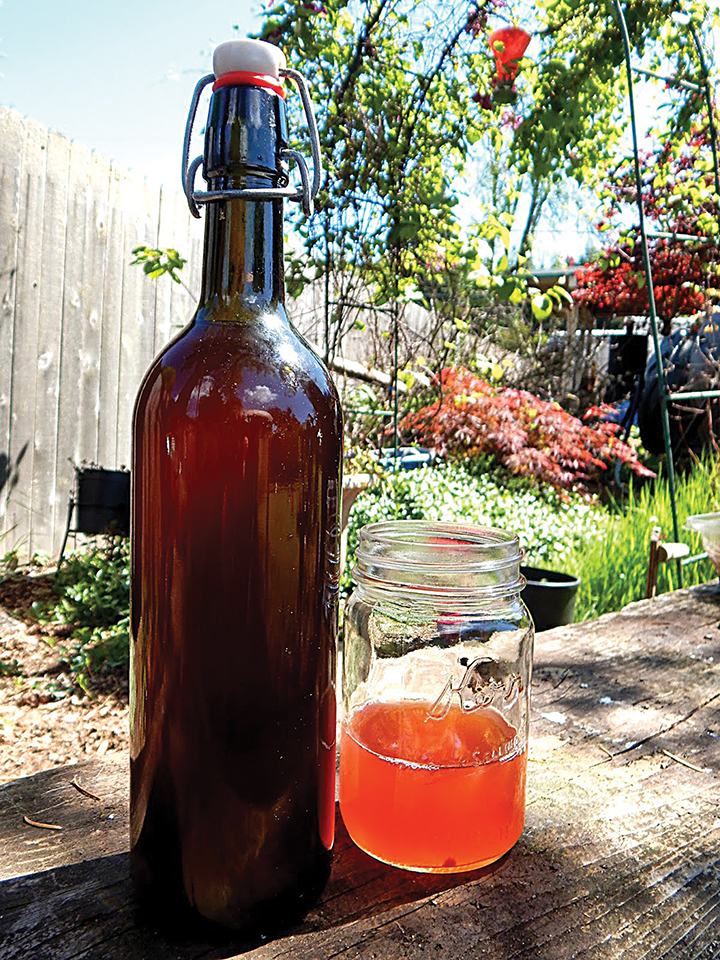
But first, you have to acquire or make a SCOBY (Symbiotic Culture of Bacteria and Yeast), also known as a “mother.” Often you can find others in your community who make kombucha and are willing to give or sell you a SCOBY. You can even buy SCOBYs online, but I always make my own.
To make a SCOBY you will need:
4 cups filtered (or boiled and cooled) water
1/3 cup granulated cane sugar
2 bags black tea
1 bottle of store-bought kombucha (Read the label carefully; you need raw kombucha with live, active cultures. I use Synergy brand. Flavored kombucha is fine.)
large, nonreactive pot
stirring spoon
1 gallon glass jar (or 2 half-gallon glass jars)
cheesecloth for each jar
rubber band or piece of string for each jar
1. Wash everything you’ll need (jars, spoon, pot) in hot, soapy water or run everything through the dishwasher.
2. Pour four cups of water into the pot, place over high heat, and bring to a boil. Remove the pot from the heat and stir in the sugar until it’s completely dissolved.
3. Place the tea bags in the pot and brew them until the pot and water are completely cool.
4. Pour the cooled tea into the glass jar. Pour the store-bought kombucha into the jar, too. Cover the opening of the jar with cheesecloth, securing it with a rubber band or a piece of string. Place the jar in an out-of-the-way location with a relatively steady temperature, out of direct sunlight.
5. Check the jar every day. Within a few days, you should begin to see what looks like scum growing on top of the liquid. This is the SCOBY beginning to grow. Within 2 to 3 weeks, there should be a rubbery SCOBY across the liquid in the jar. That means the SCOBY is ready to use.
6. Use the SCOBY to make kombucha (see below), and discard the liquid you grew the mother in; it’s extremely acidic and not suitable for drinking.
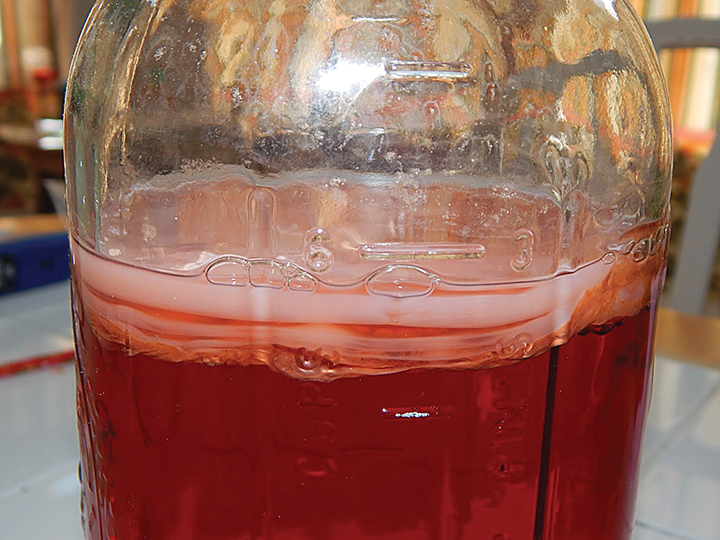
How to make kombucha
Making kombucha is very similar to making the SCOBY. Thoroughly wash everything you’ll use before making this drink.
Equipment:
non-reactive large pot
gallon glass jar (or 2 half-gallon glass jars)
non-reactive stirring spoon
cheesecloth
length of string or rubber band
bottles or jars for bottling the finished kombucha (I recommend flip top caps because they are less likely to burst, but you can use any type of glass container.)
Ingredients:
14 cups filtered (or boiled and cooled) water
1 cup granulated cane sugar
8 bags black tea (or 2 Tbsp. loose black tea)
2 cups starter tea (store-bought kombucha or your own kombucha from a previous batch)
1 SCOBY
Instructions:
1. Pour the water into the pot and bring it to a boil. Remove from the heat and add the sugar, stirring until dissolved. Add the tea and steep it until the pot and its contents are completely cool.
2. Remove the bags. (If using loose tea, strain it.) Pour in the starter kombucha.
3. Pour the resulting mixture into the gallon jar (or 2 half-gallon jars).
4. With freshly-washed hands, remove the SCOBY from the jar you used to make it (or remove it from your last batch of finished kombucha). Place it in the jar containing the sweet tea mixture. (If you only have one SCOBY, but are using two jars for fermenting kombucha, cut the SCOBY in half using a clean, washed knife. Place one SCOBY in each jar.)
5. Cover the jar(s) with a double layer of cheesecloth. Secure in place with a rubber band or a piece of string.
6. Keep the jar(s) at room temperature, away from direct sunlight. After seven days, dip a freshly washed spoon in the jar, and taste the drink. If you like the flavor, move on to the next step. If you’d like a less sweet flavor, taste the kombucha over the next several days, until you’re satisfied. Remember, the longer you let the drink ferment, the less sweet it is and the more alcohol it will have in it.
During the fermenting process, the SCOBY may float, sink, sit sideways, and/or have “strings” hanging from it. This is normal. The SCOBY will also grow each time you use it. Sometimes the new growth doesn’t attach to the old SCOBY; that’s fine, too.
Bottling and second ferment:
To make the kombucha fizzy, and to drive out the last of the sugar in the drink, you’ll want to do a second ferment.
7. Pour the recently fermented kombucha into glass jars. Leave at least one inch of headspace at the top of each bottle. If you’ll be adding anything to flavor the kombucha, leave at least two inches of headspace.
8. If you want to flavor the kombucha, add the flavoring now. (For example, add a tablespoon or two of fruit juice, or a few small pieces of cut-up fruit.)
9. Put the lids on the jars. If using screw-down lids, keep them loose so any fermentation gases can escape the jars. Store at room temperature, out of direct sunlight, for approximately 1 to 3 days. Check every day for fizziness. You’ll know the drink is fizzy as soon as you open the lid because you’ll hear a whoosh of air, a “pop,” or the “crinkly” sound fizzy drinks make. Some bottles may get fizzy before others. Putting fruit in the bottles seems to slow carbonation. Headspace and room temperature make a difference, too. And I think some bottles get more of the “mother” in them than others, which also alters the rate of carbonation.
10. Refrigerate the kombucha. Consume within a month.
To begin fermenting another batch:
11. Prepare the sweet tea, as outlined in steps 1 to 3, above.
12. Wash your hands well, then remove the SCOBY from your finished kombucha. Transfer to the jar(s) containing the unfermented kombucha you just started. Cover and ferment. (See steps 4 to 6.)


